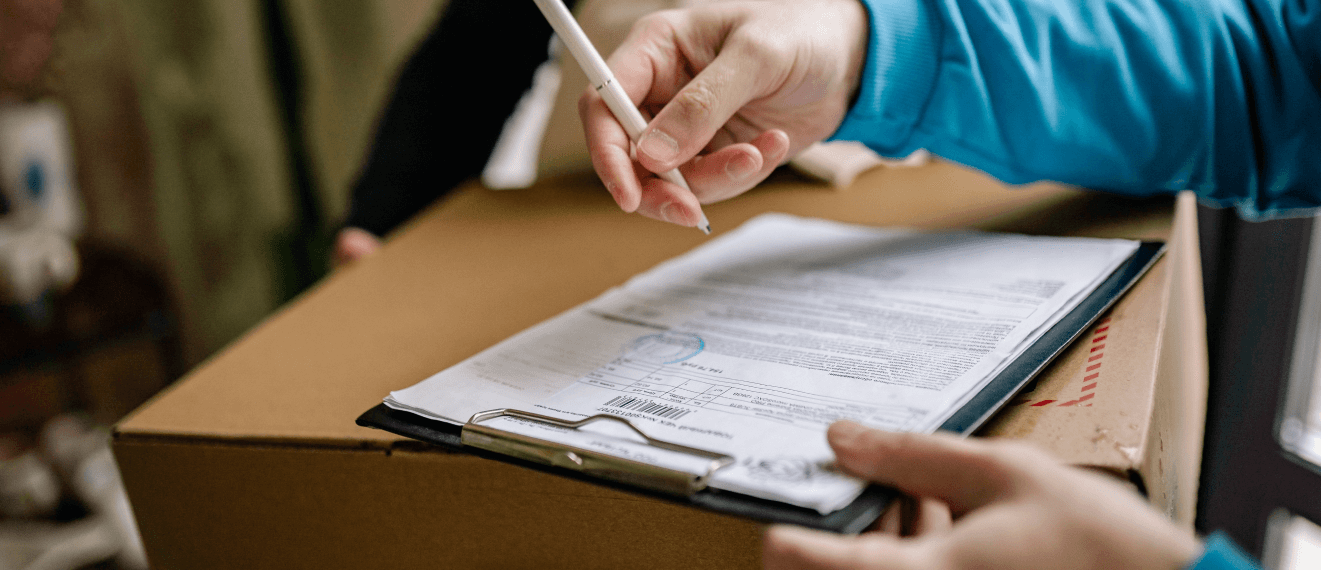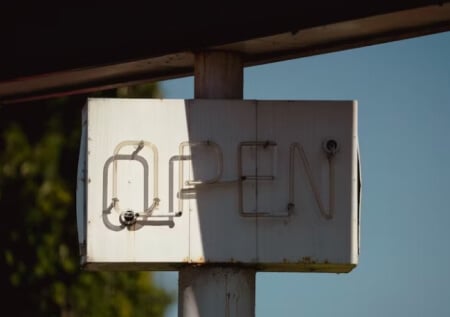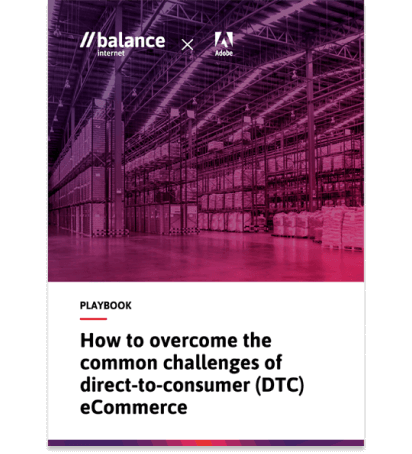The rise of the hyper-convenience economy
Latest news / 27 May 2022


Covid-19 has accelerated the consumer appetite for hyper-convenience. Lockdowns forced businesses to come up with innovative new ways to deliver goods and services while still meeting social distancing requirements.
From groceries delivered to a customer’s door within a specific time frame, the ability to let click-and-collect workers know they’ve arrived so they didn’t need to leave the car, and even telehealth appointments that provided a range of healthcare services from the comfort of a patient’s home. Innovations that were a necessity during the pandemic are fast becoming the norm; a new level of hyper-convenience that is simply expected.
Of course, the concept of convenience itself is nothing new. Drive-through takeaways, pizza deliveries, or even microwave dinners have touted the benefit of convenience for decades. But with the advancements in digital technology, today’s hyper-connected consumer can now shop from a range of devices and platforms, 24 hours a day, from just about anywhere. Now, if someone realises they don’t have enough sugar for baking, it’s just as easy to jump on an app and have the sugar delivered, than it is to go next door and ask to borrow a cup from the neighbour. Consumers expect access to goods and services how they want, when they want, and from wherever they want – and businesses must ramp up their capabilities in order to deliver.
It’s not just about speed
Although hyper-convenience is often associated with superfast service, convenience doesn’t always equal speed. With hundreds of options of every product available, consumers can become paralysed by choice – and sometimes, the most convenient option is not having to make a choice at all. People are increasingly drawn to personalised experiences, whether it’s Netflix recommending a show they might like, or a subscription box that sends a monthly curated selection of goodies. Consumers aren’t necessarily looking for more choices – they’re looking to find brands they can trust to make choices for them. They want a highly personalised service that demonstrates a business truly understands their wants and needs. In fact, according to McKinsey & Company, businesses that want to make a transformational change should make hyper-personalisation a top goal for 2025. In the same way a salesperson will help you find what you need instore, digital experiences also need to make customers feel like they’re being taken care of. McKinsey & Company defines hyper-personalisation as truly knowing your customer by using previous behaviours to engage more effectively; having the ability to predict a customer’s wants and needs before they do; providing a seamless customer experience that can be completed across multiple channels; and resolving customer queries and issues in real time. Convenience means different things to different people, and because of this, brands and retailers must have access to rich customer insights that allow them to truly understand what makes their customers tick. They need to understand their customer’s pain points, to know what kind of trade-offs they’re willing to make, and what convenience is worth to them.
Omnichannel transformation
When it comes to hyper-convenience, having the right technology and eCommerce strategies are the key to success. This might mean improving the online shopping experience through faster load times or providing more empathetic, real-time customer support; or improving the delivery of products and services by transforming supply chains or partnering with delivery startups. For some businesses, it could mean developing tailored CRM software that helps create a personalised shopping experience. Whatever the goal, it all comes back to having access to the most cutting-edge technology solutions.
But it’s not just about improving the online experience – a truly hyperconvenient economy is one that improves the experience across all channels. We’ve already seen the emergence of apps that allow you to pay for your petrol on-the-go or to order your coffee ahead of time in order to skip the queue. As demand for hyper-convenience continues to grow, we can expect to further see the merging of in-store and online shopping experiences, such as in-store product scanning that allows customers to buy what they like and have it sent directly to their homes, or even app-enabled customer support to help guide the in-store shopping experience.
The hyper-convenience economy demands that brands and retailers start to really think outside the box and establish an innovative way to stand out from the crowd — one company, one voice and one hyper-convenient experience across all channels. Customer appetite for hyper-convenience will only continue to grow, so now is the time for brands to start making the changes they need in order to meet the needs of the future consumer.
–
This article was originally published in the May edition of Retail World 360.



